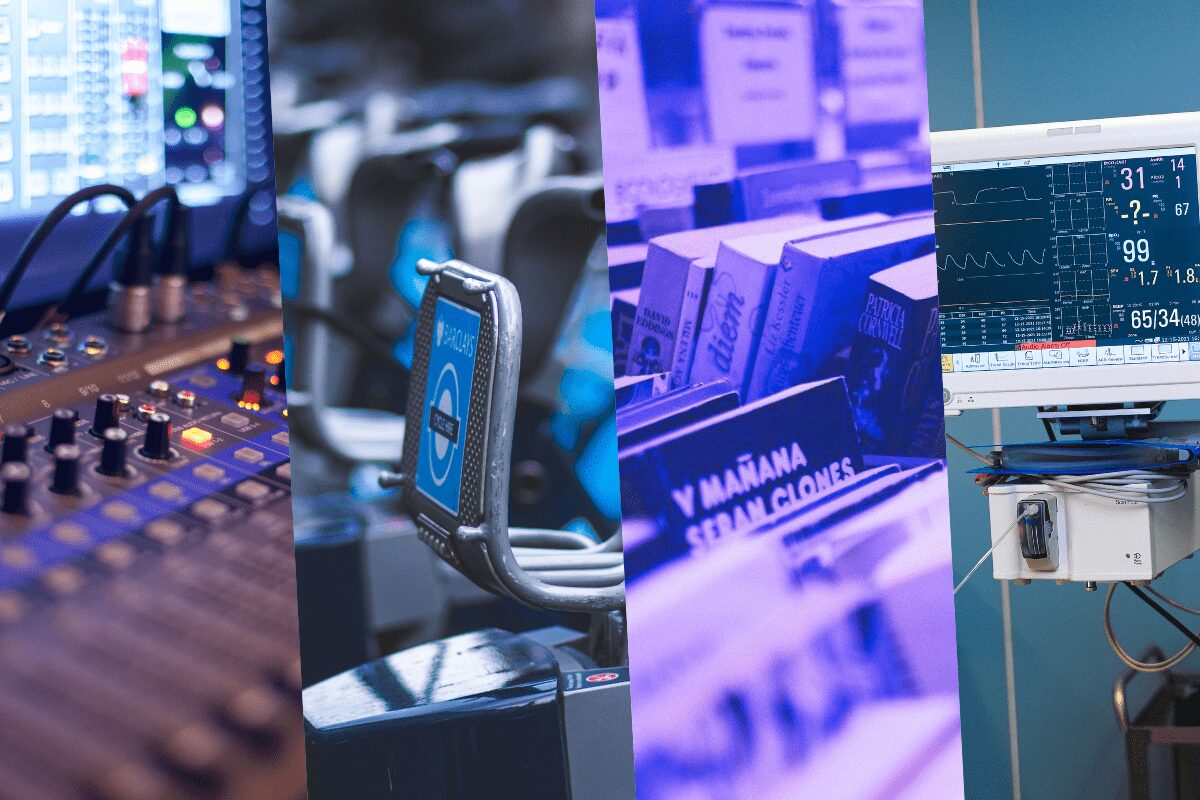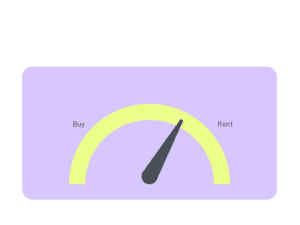Did You Like the Post? Share it:

Looking for a complete guide on how to launch an equipment rental business website? Good news – you’re in the right place. This article provides a step-by-step guide to launching an eCommerce website for your equipment rental business.
The Basics
Do you have an equipment rental business? Want to integrate automation with your rental business? In that case, the solution is to launch an online rental software with the website.
In order to start an equipment rental business, it is essential to make a great first impression on prospective Customers to get the rental (or sale).
Making a website offering an eCommerce ordering experience for equipment rentals requires extra considerations to convert a visitor to a renting Customer.
Let’s get started with the crucial steps for launching an equipment rental website.
To build an equipment rental website, you have to choose a domain name first. When someone visits your website, they enter your domain name in the URL bar, which is an easily recognizable address.
If you choose a free web host, you can use theirs by piggybacking on a subdomain that appears something like this: yourbrandname.webhostname.com
You don’t absolutely need to get a fancy domain to launch your rental website.
But, keep in mind these factors:
If you already have a domain and website, RentMy allows you to easily connect your domain to RentMy.co, and you don’t need to pay for web hosting from another provider (as most plans include free hosting of your domain), saving you money and minimizing maintenance hassle. As a result, this rental software will ensure the quickest integration and easiest hosting solution for your rental business.
As you begin to build your website, you can let your creativity loose. Whether you want to start with a theme or would prefer to use a website builder (offering a “clean canvas” option), there are several options available to get you started.
The design stage also establishes the framework for the website’s eventual expansion.
The creation of the site structure and the mapping out of all the pages are the first steps in website design. After that, work on menus that will help people navigate between pages of your site.
So, when creating your site, consider the design and how your Customers will rate your site on the following factors:
To navigate your website, you need to ensure the following things.
As experts in the equipment rental management software industry, RentMy provides the easiest way to build your equipment rental website. For a complete “white glove” experience, consider the RentMy Web Services team to build and maintain your eCommerce Equipment Rental website.
Most significantly, the Pros at RentMy have built thousands of websites for all types of equipment rental companies around the world.
So, they have experience with the unique operating requirements from country to country and even state to state.
After creating your website, you have to set up or configure your online store according to your business information.
If one has the time and ability to create their own experience, this is where most businesses will start. Many free (or low-cost) themes offer the ability to update colors, labels, images, and more to match your business’s brand.
This is a great option for a lot of website types, but a rental business is different than most other retail companies. Most themes can present a product for a price.
On the other hand, most cannot handle the nuances that go into booking equipment rentals such as real-time availability checking, online booking, and so on.
Most themes offer only options for product availability. Rental business inventory changes daily (in stock, out of stock due to another customer rental but will be back in stock at a future date, or out of stock/unavailable due to maintenance, etc.).
As availability changes depending on the rental start date and duration, most themes can’t handle equipment rentals.
To keep a continuous tracking of your online store, you can integrate the following tools.
Having been in the industry since 2009, the team at RentMy knows the right questions to ask when building your website (including truly understanding your order workflow), and with your input will create a completely custom online booking experience, synced with your real-time inventory management system.
In this stage, you need to conduct SEO optimization on your website. Increasing the number of organic visitors to your website should be a goal of your marketing plan. Paid advertisements are a fantastic way to increase bookings, but they are expensive and have a limited size.
Alternatively, Search Engine Optimization (“SEO”) will help you to generate a consistent flow of clients who discover your company through Google or other search engines at no cost (commonly referred to as organic traffic).
You must carefully organize your information and make sure that your website is technically optimized for good performance to give. Moreover, it will be the best chance of getting indexed near the top of Google’s search engine results page (SERP).
In this regard, you have to ensure the following things to get the best result through SEO optimization.
Now, it’s time to launch your equipment rental business website. If you have completed all of the previous steps, you can launch your equipment rental business website.
Launching your website is merely the first step to growing your business, and like any tool, it requires regular maintenance for maximum performance.
At first, getting your website in front of users should be your top priority. There are many different marketing strategies you may use, but these are the best ones.
If you are looking for the easiest and quickest rental management solution, you can try RentMy to launch your equipment rental business website.
RentMy – Equipment Rental Software offers all exclusive services to manage your rental business automatically. Most significantly, it will ensure an easy launching of your equipment rental business so that you can get a hassle-free website building system.
Now, you have reached the ending point of this article. Hopefully, you have got a complete direction to launch an equipment rental business website.
To quickly get things going, you can register your domain, choose a web host, and use a CMS or rental website builder. Nevertheless, since rentals are different from one-way eCommerce, it is worthwhile to look into rental software options.
For a step-by-step guide on how to start and grow your business, choose the #1 system designed exclusively for the equipment rental industry: RentMy.co

In the dynamic landscape of retail and consumer preferences, businesses must constantly innovate to stay ahead. One strategy gaining popularity is the integration of rental
Ready to bring Enterprise-scale equipment rental management? Learn how RentMy has delivered Enterprise Equipment Rental Inventory Solutions since 2008. Pick the trusted solution to offer equipment rentals on your terms and compliant with your processes.

Online booking, delivery, packages and everything else you need to manage and grow your rental company
Congratulations!
Check Your Email (Including your Spam Folder) to Activate Your Account